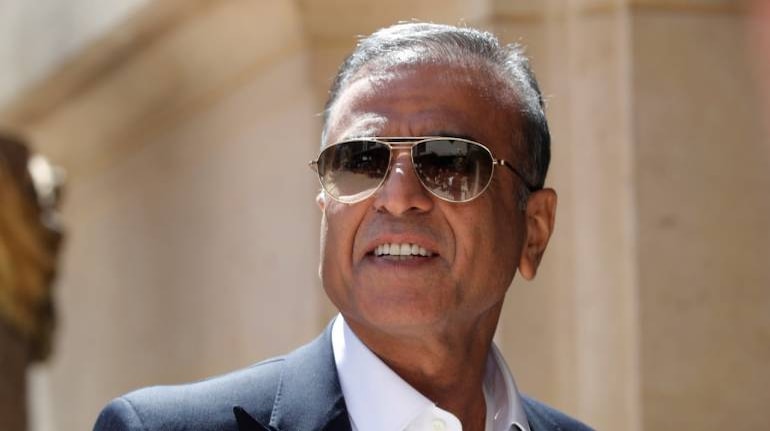



The Indian telecom industry will see a 15–17% tariff hike after the general election around July-October with Bharti Airtel taking the lead, said analysts. The last hike of about 20% was in December 2021.
Analysts at Antique Stock Broking said that the Sunil Mittal-led telco will be the biggest beneficiary of the tariff hike as it will be able to increase its ARPU to Rs 286 by the end of FY27, up from the current Rs 208. They said that the telco’s subscriber base will also grow at 2% per annum as against industry growth of 1% per annum.
Bharti Airtel has repeatedly reiterated the need to increase the current ARPU from Rs 200 to Rs 300, given that India remains among the cheapest in the world.
The December 2019 tariff hike was the first one after Jio launched its service in 2016, and it was followed by another hike in December 2021. The 2019 hike increased the tariff by 20-40%, while the 2021 hike saw an increase of 20%, providing an ARPU uplift of Rs 30 and 36 over four quarters to Airtel, respectively.
“Airtel’s current ARPU of Rs 208 is set to go up to Rs 286 by the end FY27, driven by a tariff hike contributing Rs 55, upgradation of 2G customers to 4G contributing Rs 10, and customer upgradation to a higher data plan (both 4G and 5G) and moving to postpaid delivering Rs 14,” Antique Stock Broking said in a note seen by Moneycontrol.
Bernstein, in a separate note, said that Bharti Airtel will lead the tariff hike, which will stabilize the telco’s ARPU to Rs 260-plus levels by FY26.
“We expect tariff hikes to be announced post elections (July to October time frame). Tariff increase is expected to be strong with 15% hike across operators. Despite a potential VIL fund raise, we expect the market will continue to consolidate with Bharti/Jio reaching 85% share in the medium term. We see the tariff hikes driving ARPU, improving return ratios & reinforcing our industry repair thesis,” analysts at Bernstein said in a recent note.
The top two players have been gaining market share over the last almost 5.5 years, at the expense of Vodafone Idea and BSNL—the former due to its financial woes and the latter its execution troubles.
“While VI is down from 37.2% (reported share; VLR share – at 40%) in Sep-18 (post he merger of Vodafone and Idea) to almost half at 19.3% in Dec-23 (VLR - 18.8%), Bharti’s market share is up from 29.4% (VLR – 33.3%) to 33.0% (VLR – 36.0%) during this period. Jio is the biggest gainer rising from 21.6% (VLR – 20.5%) to 39.7% (VLR – 40.5%),” Antique said.
Revenue market share changes are directionally similar, but the swing is lower on account of varying price changes and the 2G vs. 4G mix. VI was down from 35.3% in 4QFY18 to 19.3% in 4QFY23, Jio was up from 24.4% to 44.5%, and Bharti Airtel was up from 28.7% to 35.8%.
Analysts said that the overall market's mix still has room for improvement, as 25% of the total network subscribers are still on the 2G network. This excludes Jio feature phone users, who are classified as data users in TRAI’s data.
“Theoretically, assuming that out of 415 mn Jio customers, 100 mn are feature phone users, the total 2G customers in India are still at a substantial 34%. The mix has been constantly moving in favor of data as affordability increases and people get used to using a touch-screen phone compared to a keypad phone,” Antique’s analysis revealed.
TRAI user data on broadband and non-broadband (2G) suggest most of the users who have ported out of Vodafone Idea to Jio and Bharti are 2G customers.
“While this is largely true, Airtel and VI have for years been trying to upgrade 2G users to 4G primarily by raising 2G tariffs. Hence we believe, the mix of users porting out of VI would be both 2G users as well as 4G with a proportion equivalent to the ones porting out upgrading within the network resulting in the 4G user base remaining largely constant,” analysts at Antique said.
They, however, added that 2G users would account for a dominant share of the users porting out, especially given Jio’s low data plan pricing, which is at a discount to the lowest 2G tariff offered by Bharti as well as Vodafone Idea by a whopping 25-35%.
The top two telcos have also been continuously raising the minimum recharge prices while also reducing the number of days of incoming service after the top-up recharge expires. “This forced many users to upgrade to 4G or at least move to a 28-day recharge cycle, effectively increasing ARPUs,” Antique said.
Discover the latest Business News, Sensex, and Nifty updates. Obtain Personal Finance insights, tax queries, and expert opinions on Moneycontrol or download the Moneycontrol App to stay updated!
Find the best of Al News in one place, specially curated for you every weekend.
Stay on top of the latest tech trends and biggest startup news.